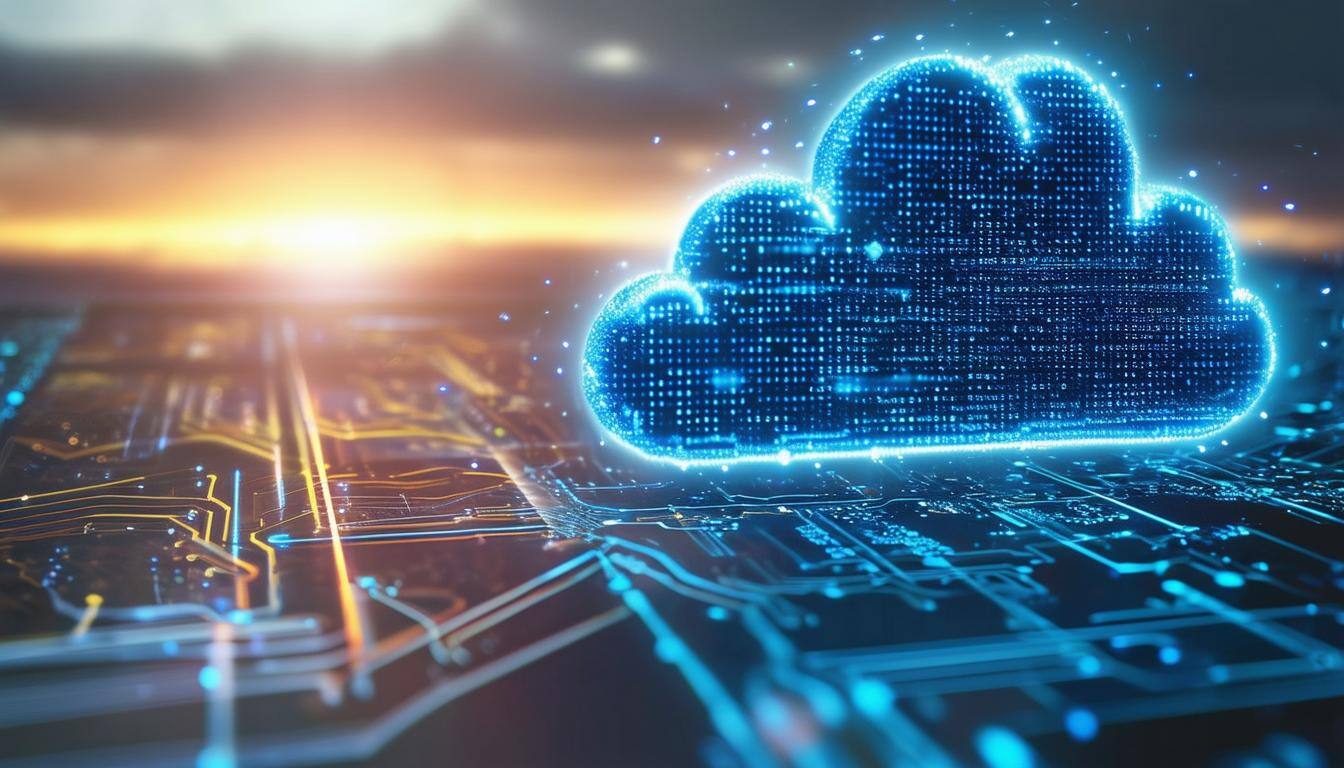In today’s fast-paced world, businesses can no longer afford to lose their best talent to burnout and disengagement. For Canadian enterprises, the pressure to retain top employees while maintaining productivity is higher than ever. But the answer to this challenge might not be what you think. While benefits and competitive salaries play a role, the real game-changer lies in how work gets done. Enter Microsoft AI—a powerful tool that doesn’t just automate tasks but transforms the entire employee experience.
Let’s break it down.
The Real Cost of Disengagement: A Silent Productivity Killer
Disengaged employees are a hidden drain on a company’s resources. According to Gallup, disengaged workers cost the global economy $8.1 trillion annually in lost productivity. For Canadian enterprises specifically, the cost is no different, and the ripple effects are felt across every department, from finance to operations, where disengagement can lead to costly errors, missed deadlines, and increased turnover.
But why are employees disengaged? A common factor is the nature of the work itself. Many employees, particularly in industries such as finance, healthcare, and logistics, are bogged down by repetitive tasks like data entry, compliance reporting, and customer inquiries. These tasks are necessary but often don’t tap into employees' skills or creativity, leading to boredom and burnout.
Case Study: A Canadian Financial Institution One financial services firm in Toronto was facing high turnover, particularly in its operations and compliance departments. Employees were overwhelmed with routine tasks that, while essential, were monotonous and left little room for strategic thinking. The company turned to Microsoft Copilot and Power Automate, part of the broader Microsoft AI suite, to automate these repetitive tasks.
The results were immediate. Employees were able to focus on higher-impact work, such as client relationship management and strategic initiatives. Within six months, the firm saw a 40% increase in productivity and a 25% reduction in turnover. Employee satisfaction surged, as team members were now able to contribute more meaningfully to the company's goals.
How AI Transforms the Employee Experience
When we think of AI, we often picture robots and futuristic automation. But the reality is much more practical and accessible. Microsoft AI tools like Copilot are designed to assist employees in their daily tasks, making work easier and more efficient. For example, AI can automate data entry, generate reports, and even predict potential issues before they arise, allowing employees to focus on higher-level tasks.
The key here is not just about doing tasks faster but making work more engaging. Employees who no longer have to worry about mundane tasks can instead apply their creativity, problem-solving, and strategic thinking to projects that genuinely matter to the company’s growth.
According to McKinsey, businesses that integrate AI to automate repetitive tasks report a 40% improvement in productivity. But it’s not just about productivity; it’s about creating an environment where employees feel valued and engaged. By leveraging AI to handle the mundane, businesses empower their teams to shine.
AI-Powered Insights: Predicting and Preventing Employee Burnout
One of the most impressive features of Microsoft AI is its ability to analyze patterns and provide predictive insights. In the context of employee retention, AI can help companies identify early signs of disengagement or burnout.
Take, for example, an HR department using Microsoft’s Power BI to track employee engagement metrics. By analyzing data such as absenteeism, project completion rates, and employee feedback, the system can predict which employees are at risk of burnout or disengagement. This allows managers to step in early with solutions, whether that’s redistributing workloads, offering additional support, or even adjusting an employee’s role to better match their strengths.
Predictive analytics isn’t about replacing managers—it’s about giving them the tools to be more effective leaders. AI helps companies be proactive, addressing issues before they escalate into resignations or underperformance.
AI as Your Secret Weapon for Talent Retention
It’s no secret that retaining talent is cheaper than recruiting new employees. According to SHRM, the average cost to replace an employee is equivalent to six to nine months of that employee’s salary. When companies are constantly cycling through talent, it’s not just HR that suffers—it’s the entire organization.
By using Microsoft AI to automate tasks, improve employee satisfaction, and predict disengagement, businesses can keep their best people happy and productive. The result? Lower turnover, higher productivity, and a workplace where people genuinely want to stay and grow.
Canadian enterprises that invest in AI are not just investing in technology; they’re investing in their people. And in today’s market, that might be the smartest investment you can make.
Interested in how AI can transform your workforce?
Download our guide, "How AI and Azure Empower Canada's C-Suite to Lead in a Rapidly Evolving Business Landscape," to learn more.






.png)